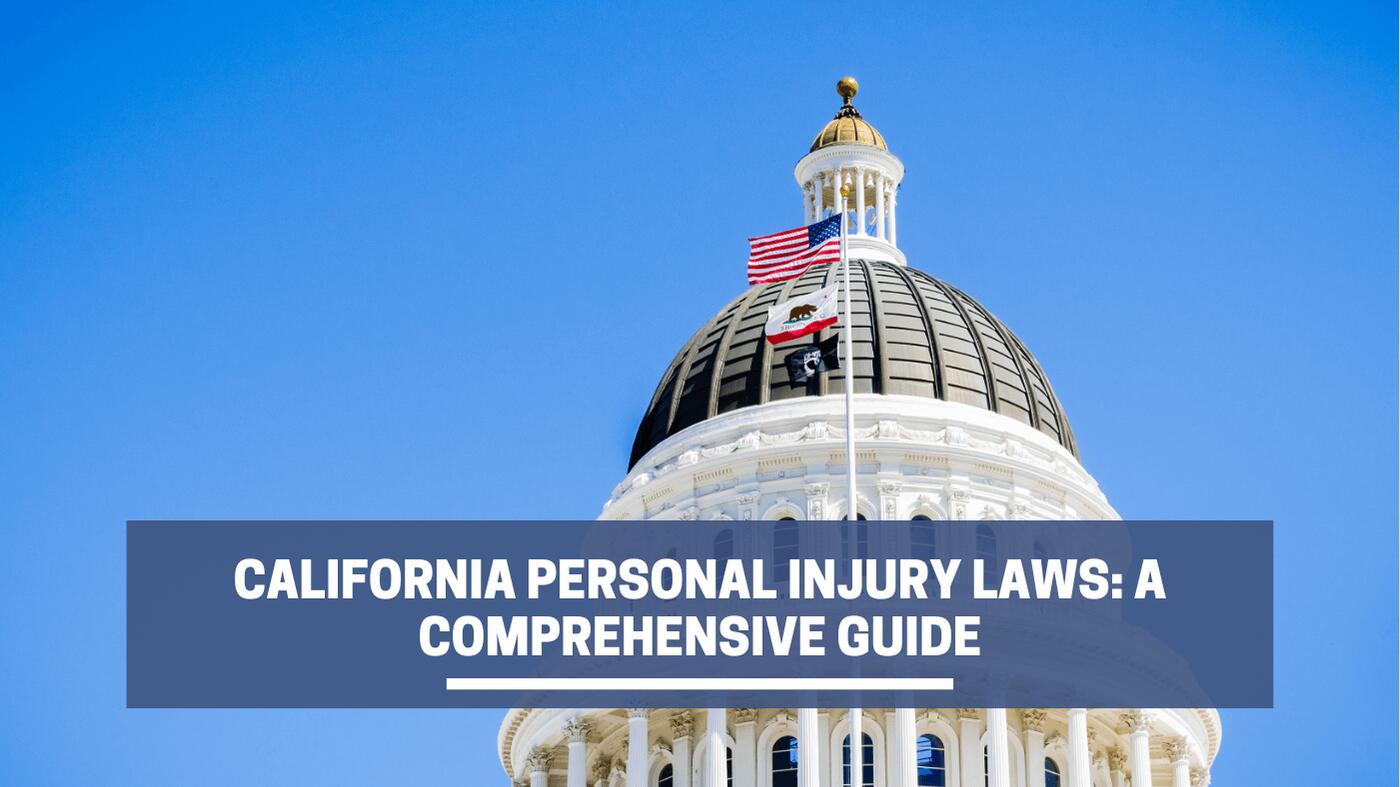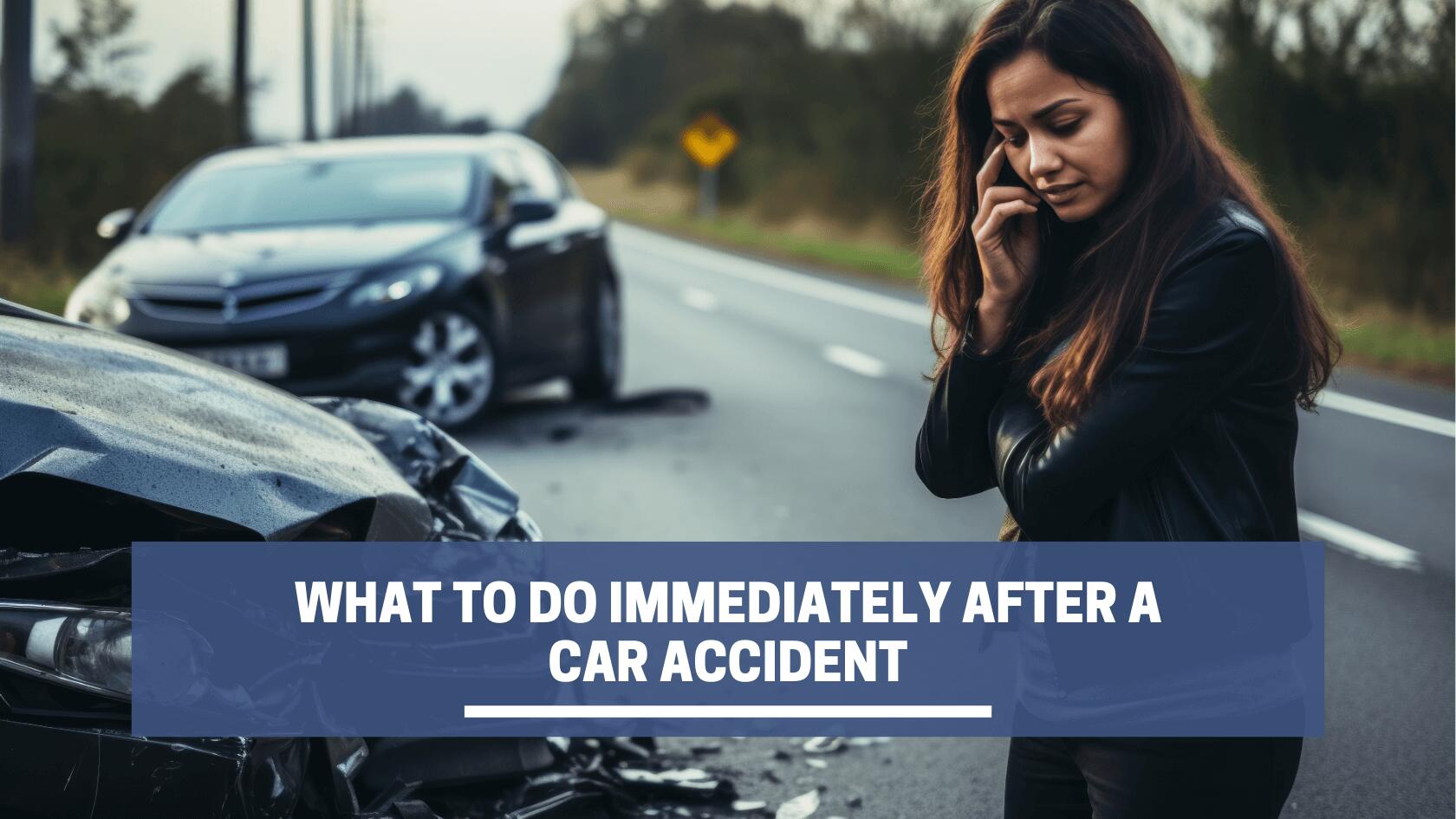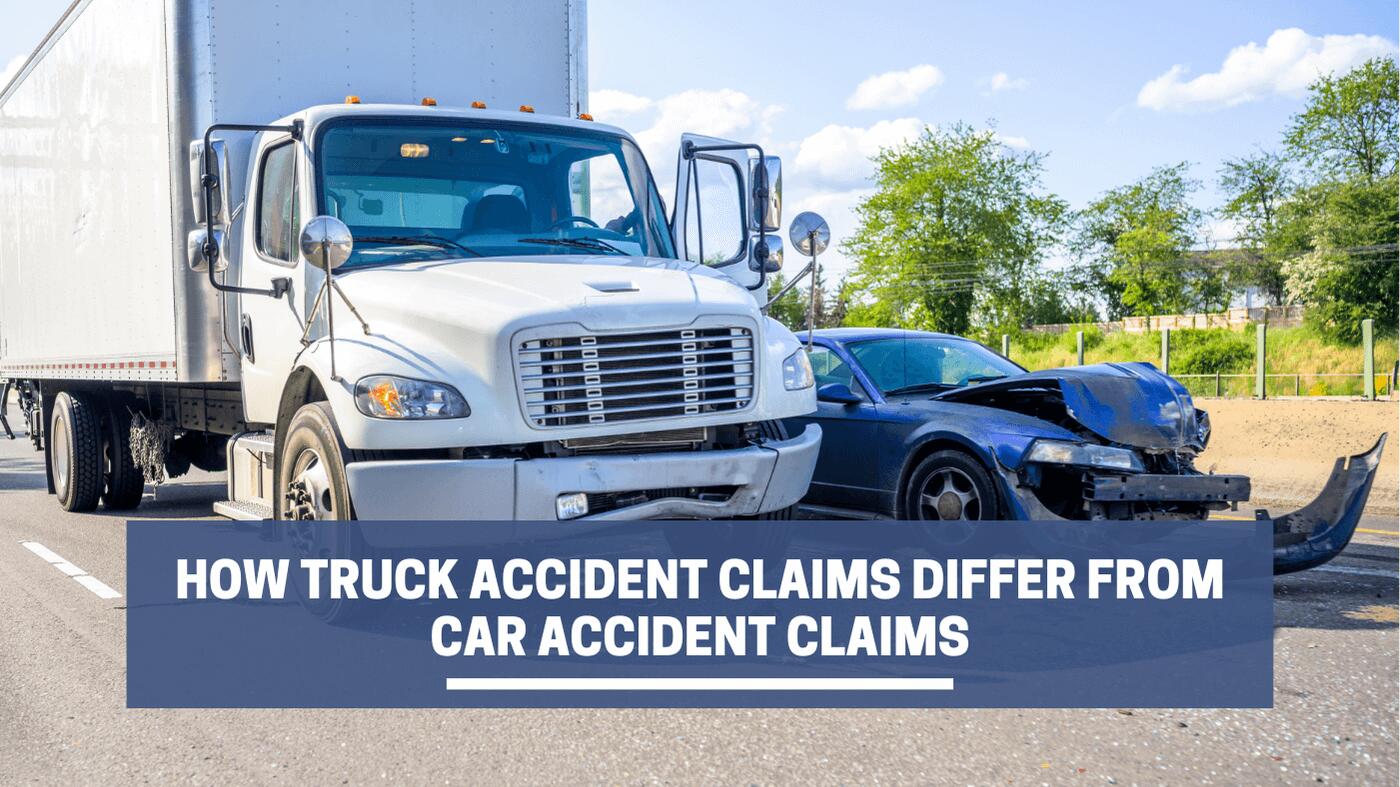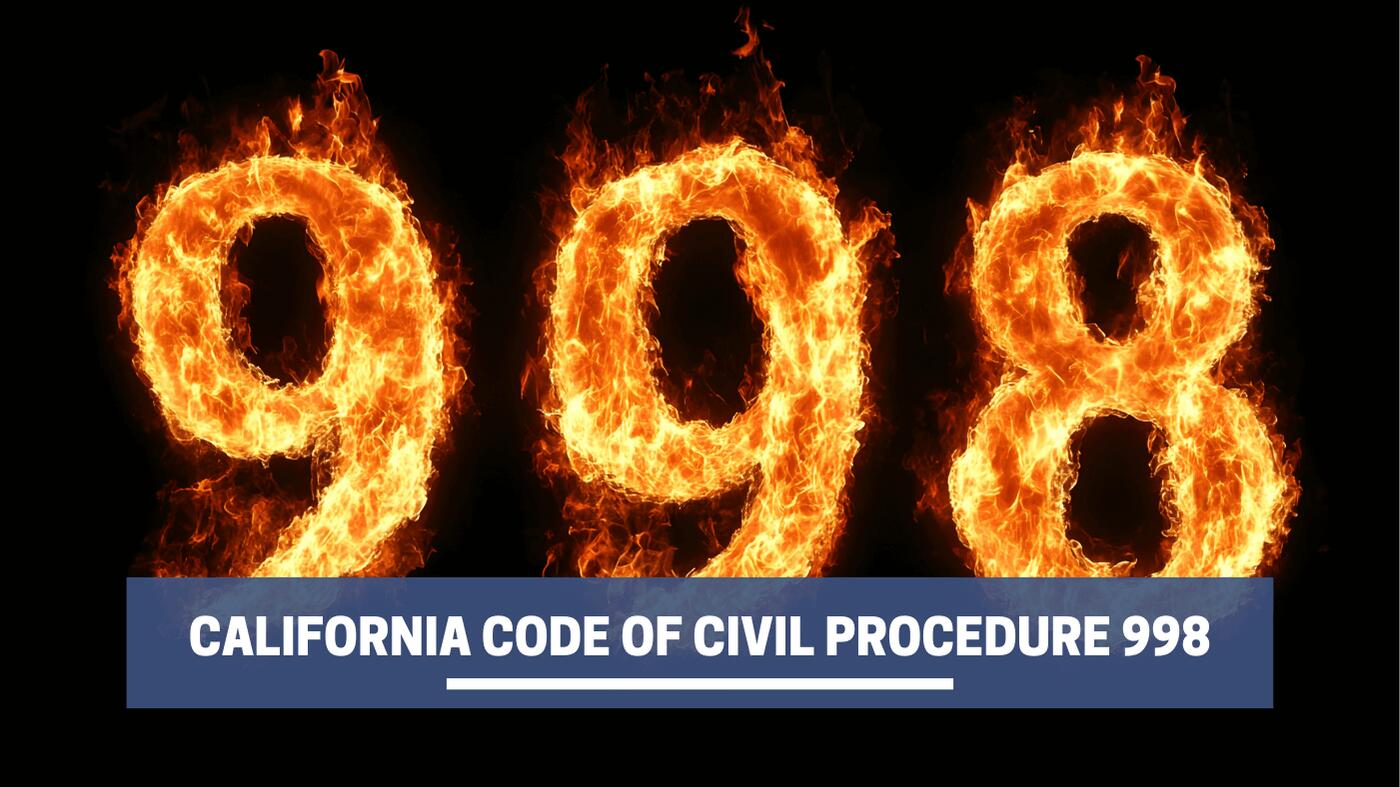Un momento, you’re going about your day. The next, everything changes. Whether it’s a car accident, a slip on a wet floor, or an unexpected fall at work, personal injuries can disrupt your life in an instant, and the physical, emocional, and financial aftermath can linger far longer than the accident itself.
If you’ve been hurt in California due to someone else’s negligence, figuring out what to do next can feel overwhelming. Between medical appointments, insurance calls, and mounting expenses, the legal process may be the last thing you want to manage.
But knowledge is power, and the more you understand California personal injury law, the more confident and in control you’ll feel.
In this guide, we’ll break down the essentials—from key legal terms and your rights as an injury victim to recent updates in state law and how a abogado experto can help you seek the compensation you deserve.
What Personal Injury Law Covers in California
Personal injury law deals with situations where someone gets hurt because of another person or entity’s actions or failure to act responsibly. These cases typically involve negligence, meaning someone didn’t take reasonable care and caused someone else to get injured.
Common examples include:
- Auto and accidentes de motocicleta involving distracted, exceso de velocidad, or impaired drivers.
- Pedestrian collisions where a driver fails to yield or follow traffic laws.
- Slip and fall incidents caused by unsafe conditions like wet floors or uneven walkways.
- Dog bites resulting from a pet owner’s failure to restrain or properly supervise their animal.
- Workplace injuries caused by third parties such as contractors, vendors, or equipment manufacturers.
- Muerte injusta resulting from fatal accidents caused by negligence, such as crashes or unsafe premises.
The purpose of a personal injury claim is twofold: to help the injured person recover compensation for their losses and to hold the responsible party accountable for the harm they caused.
Common Terms in California Personal Injury Law
Legal jargon can feel confusing when managing a personal injury case, especially if it’s your first time dealing with the justice system. To help you feel more confident, we’ve broken down some of the most common terms you’re likely to come across:
| Legal Term | What It Means in Personal Injury Cases |
|---|---|
| Negligencia | Failure to use reasonable care, resulting in harm to another person. |
| Responsabilidad | Legal responsibility for an accident or injury. A liable party may be required to compensate the injured individual. |
| Claim | A formal request for compensation after an injury is submitted to an insurance company before filing a lawsuit. |
| Plaintiff | The injured person bringing the lawsuit. |
| Defendant | The person or entity accused of causing the injury. |
| Settlement | A negotiated agreement that resolves a personal injury case without going to trial. |
| Estatuto de limitaciones | A legal deadline for filing a personal injury lawsuit. The California personal injury statute of limitations for most claims is within dos años of the injury. |
Understanding these terms can make the process feel less overwhelming as you begin moving through the steps that follow an injury.
Legal Process After a Personal Injury
If you were hurt in California due to someone else’s negligence, most personal injury cases follow a similar path. Knowing what to expect at each stage can help you feel more prepared and in control as your case progresses.
Medical Treatment and Documentation
Getting medical attention right after an accident is the first and most crucial step in a personal injury claim. Medical records from doctors and hospitals document your injuries, when they occurred, and how they were treated—providing important evidence that links your condition to the incident.
Attorney Evaluation
Once you receive treatment, you or your family may speak with an experienced Abogado de lesiones personales de California. During this initial conversation, they review what happened, determine if another party may be legally responsible, and discuss potential fees for the case.
Case Investigation
Your attorney will begin gathering evidence to support your claim. Proof may include:
- Photos and video from the scene
- Declaraciones de los testigos
- Incident or informes de la policía
- Medical records and treatment notes
- Expert evaluations or accident reconstructions
This helps show what happened, how it caused your injury, and who may be responsible.
Insurance Claim Filing
Once the evidence is gathered, your attorney will file a formal claim with the insurance company. The insurer will review the information and either make an offer or request additional details.
While it’s possible to handle this step on your own, it’s rarely a good idea. sin un abogado, you could miss critical deadlines, overlook important evidence, or be pressured into accepting a settlement that falls short of what you truly deserve.
Negotiations and Settlement
Most personal injury cases are resolved through a settlement, with your attorney managing negotiations with the insurance company. Once both sides agree on fair compensation, the case is closed, and you receive your payout.
Trial and Jury Award
When a settlement can’t be reached, your attorney may file a lawsuit and take the case to court. At trial, both sides present their evidence, question witnesses, and may introduce expert testimony to clarify complex issues.
A judge or jury will then evaluate the facts and determine who is at fault and what compensation should be awarded.
Understanding Comparative Negligence
Negligence is the basis of most personal injury claims, but it’s essential to understand how the concept applies under California law. The state’s comparative negligence statute allows multiple parties to share fault, with compensation adjusted based on each person’s level of responsibility.
This means you can still recover personal injury damages, even if you were partly at fault. sin embargo, your award will be reduced by your percentage of blame.
Por ejemplo, if you’re found 20% responsible for an accident and awarded $100,000, you would receive $80,000. This approach ensures a fair outcome that reflects the full context of the incident.
Types of Personal Injury Damages
California law gives injury victims the right to seek compensation for a wide range of damages, depending on the circumstances of the case. These different types of damages generally fall into three main categories:
- Daños económicos. These are the measurable financial losses tied to the injury, como:
- Facturas médicas
- Ingresos perdidos
- Future medical expenses
- capacidad laboral reducida
- Daño a la propiedad
- Daños no económicos. These cover the more personal, intangible effects of an injury, incluso:
- Physical pain
- Estrés emocional
- Disfigurement or permanent disability
- Loss of companionship or enjoyment of life
- Daños punitivos. These are less common and only awarded when the at-fault party acted with extreme recklessness or intentional harm. Their purpose is to punish wrongdoing and deter similar behavior.
The amount of compensation available varies from case to case and depends on the severity of the injury, how it affects your daily life, and the strength of the evidence presented.
Role of a California Personal Injury Attorney
A California personal injury attorney plays a vital role in helping injury victims navigate the legal process. From the initial consultation to the final resolution, their job is to protect your interests and pursue the compensation you deserve.
Responsibilities often include:
- Investigating the incident and gathering strong supporting evidence
- Calculating the full scope of your damages—both financial and emotional
- Handling all communication with insurance companies
- Negotiating settlements and, if necessary, representing you in court
Having an abogado experimentado on your side can make a difference, especially in complex or high-stakes cases. Someone who understands California’s laws and court system can level the playing field and push back against insurance companies that may try to minimize your claim.
That said, not every attorney is the right fit. Be cautious of anyone who guarantees outcomes, avoids giving clear answers, or pressures you into settling too quickly. Trust your instincts—if something doesn’t feel right, don’t hesitate to seek a second opinion. Your case—and your recovery—deserve thoughtful, honest representation.
Recent Changes in California Personal Injury Laws
California has recently implemented several legal changes that impact personal injury claims:
- Increased auto insurance liability limits. Starting January 1, 2025, California drivers must carry higher minimum coverage, raising financial protections for accident victims.
- Expanded damages in survival actions. California law now permits a deceased person’s estate to recover up to $350,000 in non-economic damages—such as pain, sufrimiento, o desfiguración.
- Higher cap for limited civil claims. The cap for filing a limited civil case has been raised to $35,000, providing a quicker and more accessible path for individuals with lower-value claims.
Keeping up with these changes empowers injury victims to understand their rights better and adjust their legal approach as needed.
Get the Legal Support You Need After an Injury
Recovering from an injury is challenging without the added pressure of legal decisions. Understanding how California personal injury laws work can give you the clarity to move forward.
A El bufete de abogados Shirvanian, we’re here to guide you through every step of the legal process. From your initial consultation to the final resolution of your claim, our team is committed to protecting your rights, clearly explaining your options, and pursuing results that reflect the true impact of your injury.
We know every case is unique. Whether you’ve been hurt in a car accident, a slip-and-fall, or another act of negligence, we take the time to understand your situation and advocate for what matters most to you.
Reach out today para una consulta gratuita, and let us help you take the next step with confidence.











